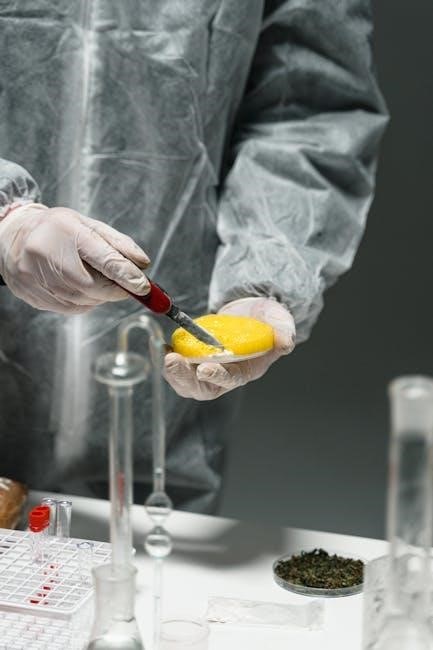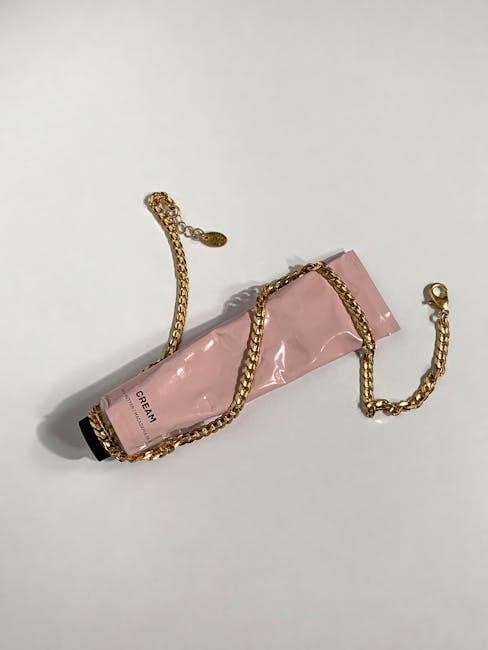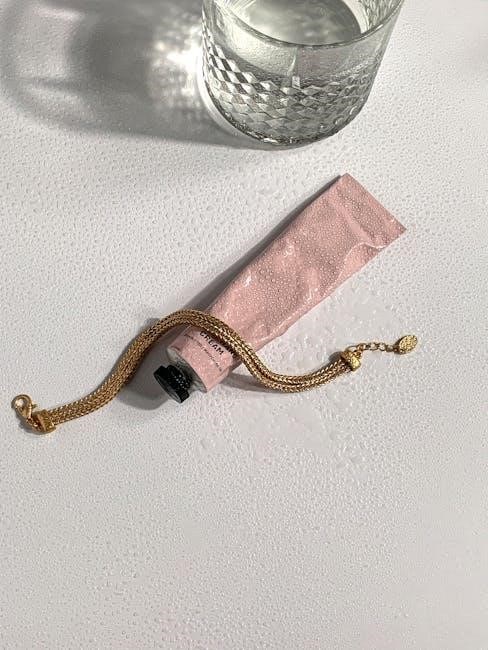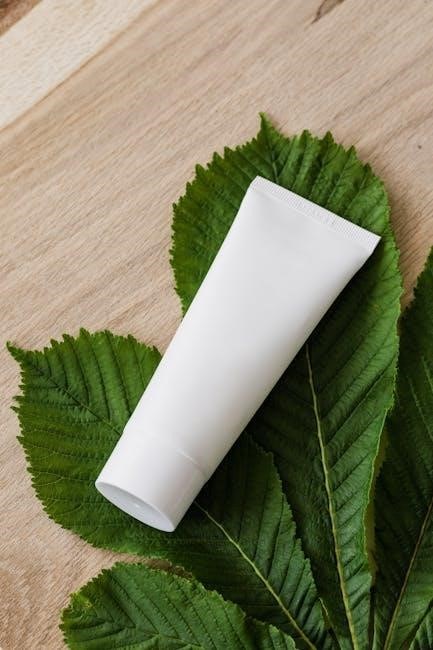Cutting a steerer tube requires precision to ensure proper fitment and safety. This guide provides detailed steps, tools, and safety tips for accurate results. Follow carefully for success.
Cutting a steerer tube is a crucial step in installing a bicycle fork. This guide offers detailed steps, safety tips, and tools needed for precise and accurate cuts.
Importance of Proper Steerer Tube Cutting
Properly cutting a steerer tube ensures a precise fit for your bicycle fork, enhancing ride performance and safety. Incorrect cutting can lead to installation issues, affecting handling and stability.

Tools and Materials Needed

A hacksaw or pipe cutter is needed for cutting, while a caliper or ruler ensures accurate measurements. Safety gloves and goggles are crucial for protection during the process.
Essential Tools for Cutting a Steerer Tube
To cut a steerer tube effectively, you’ll need a hacksaw or a pipe cutter, as these tools provide clean, precise cuts. A caliper or precise ruler is essential for measuring the tube accurately. Safety gloves and goggles are must-haves to protect yourself from sharp edges and debris. A steel file or sandpaper will help smooth the cut edge, preventing damage to components. For carbon steerer tubes, a specialized cutting guide or saw may be recommended to avoid splintering. Additionally, a cleaning cloth and lubricant can be useful for preparing the area and ensuring the cut is free from contamination; Proper tools ensure a safe, professional-quality cut, so don’t skimp on quality or preparation.
Materials Required for the Process
When preparing to cut a steerer tube, gather all necessary materials to ensure efficiency and safety. The steerer tube itself, whether aluminum or carbon, is the primary component. You’ll need measuring tools like a caliper or ruler to determine the correct length. A hacksaw or pipe cutter is essential for making the cut, while a file or sandpaper will smooth the edges post-cutting. Safety gear, including gloves and goggles, is crucial to protect against sharp debris. A cleaning cloth and degreaser may be needed to remove any grease or residue. For carbon tubes, a specialized cutting guide might be required to prevent splintering; Proper materials ensure a clean, precise cut, so having everything ready beforehand is key to a successful process.

Measuring the Steerer Tube
Accurate measurement is crucial for proper steerer tube length. Use a caliper or ruler to determine the desired length, ensuring alignment with bike specifications and rider comfort.
How to Determine the Correct Length
To determine the correct length of the steerer tube, start by measuring the existing setup. Use a caliper or ruler to record the current length, then assess any changes needed for new components. If upgrading to a different fork or handlebar setup, refer to the manufacturer’s specifications for compatibility. Additionally, consider the stack height of spacers and the star nut position. Measure from the crown race to the top of the stem, ensuring there’s adequate engagement for safety. Proper alignment and fit are critical to maintain bike performance and rider safety. Always double-check measurements before cutting to avoid errors.
Accounting for Spacers and Stars

When cutting the steerer tube, it’s crucial to account for spacers and the star nut. Spacers add height to the stem without affecting the tube length, while the star nut secures the fork to the frame. Measure the total height occupied by spacers and the star nut before cutting. Subtract this measurement from the overall desired steerer tube length to ensure proper fitment. If the star nut is already installed, measure from its base to the desired top of the steerer tube. Always consider the compression ratio and stem clamp force to avoid over-tightening. Properly accounting for these components ensures a safe and precise installation, preventing issues with headset performance and handlebar alignment. Double-check these measurements to maintain the integrity of your setup and ensure optimal riding performance. Accurate calculation is key to avoiding future adjustments or potential safety hazards.

Step-by-Step Cutting Process
Carefully mark the steerer tube with a pencil at the desired length. Use a hacksaw or specialized cutter for a clean cut. Sand the edge smooth afterward.
Preparing the Steerer Tube
Begin by cleaning the steerer tube to remove any grease or dirt. Inspect the tube for any obstructions or damage. Clamp the tube securely in a vice to prevent movement during cutting. Use a pencil to mark the desired cutting length clearly. Double-check the measurement to ensure accuracy. If using a cutting guide, attach it to the tube to maintain straight alignment. Ensure the area is well-lit for visibility. Wear protective gloves and safety goggles to protect against sharp edges and debris. Finally, confirm that all cables and brakes are disconnected to avoid interference. Proper preparation is essential for a safe and precise cut.
Performing the Cut
Use a hacksaw or a tube cutter to make the cut, ensuring steady, controlled strokes. For a hacksaw, apply consistent pressure in a back-and-forth motion. If using a tube cutter, tighten it evenly and rotate it around the tube until the cut is complete. Maintain the blade or cutter at a 90-degree angle to the steerer tube for a straight cut. Avoid applying too much pressure, which could cause the blade to bind or the tube to bend. Take your time to ensure a clean, precise cut; After completing the cut, inspect the edge for smoothness. If necessary, use a file to remove any sharp burrs or uneven edges. Always wear safety goggles and keep a first-aid kit nearby in case of accidents. Proper technique ensures a safe and accurate cut.

Finishing the Cut
After performing the cut, use a file or sandpaper to smooth the freshly cut edge. Remove any sharp burrs or debris to prevent damage to components or injury. Inspect the cut for straightness and accuracy, ensuring it aligns with your measurements. If necessary, use a de-burring tool to create a clean, rounded edge. Wipe the steerer tube with a clean cloth to remove metal shavings or dust. Apply a small amount of grease or lubricant to the cut end to protect it from corrosion and ease future adjustments. Double-check the length against your original measurements to confirm accuracy. Properly finishing the cut ensures a safe and professional installation of the steerer tube. This step is crucial for maintaining the integrity and functionality of your bicycle’s headset and fork system.

Common Mistakes to Avoid
Errors in measurement can lead to improper fitment, while improper cutting techniques may damage the tube or leave sharp edges, compromising safety and performance.
Errors in Measurement
One of the most critical mistakes when cutting a steerer tube is incorrect measurement. This can result in a tube that is too long or too short, leading to improper fitment of components like the stem, spacers, and headset. A common error is failing to account for the height of spacers and the star nut or compression device, which can throw off the overall measurement. Additionally, mismeasuring the fork’s stack height or forgetting to include the length needed for internal cable routing can cause issues. Always double-check measurements using a precise ruler or caliper to ensure accuracy. Incorrect measurements can lead to a poorly fitting fork, which may affect handling and safety. Use the manufacturer’s specifications as a reference and consider marking the tube with a pencil before cutting to avoid costly mistakes.
Improper Cutting Techniques
Using improper cutting techniques can lead to a damaged steerer tube, potentially causing safety issues. A common mistake is using a dull or improperly angled hacksaw, which can result in a jagged or uneven cut. This may leave sharp edges that can damage the headset or surrounding components. Additionally, applying too much pressure during the cut can cause the tube to bind or bend, leading to an inaccurate cut. It is crucial to use a high-quality hacksaw with a fine-tooth blade and maintain steady, controlled strokes. After cutting, always deburr the edge using a file or deburring tool to remove any sharp burrs. Cutting at an angle or twisting the tube during the process can also compromise the integrity of the steerer tube, so ensure the cut is straight and clean. Always consult a professional if unsure about the technique to avoid irreversible damage.

Safety Precautions
Always wear protective eyewear and gloves when cutting a steerer tube. Ensure the tube is securely clamped to prevent movement during cutting. Handle sharp objects with care.
Handling Sharp Objects
When handling sharp objects like cutting tools, wear gloves and safety goggles to prevent injuries. Ensure tools are stored safely to avoid accidents. Always cut away from your body.
Post-Cutting Safety Checks
After cutting the steerer tube, inspect the cut edge for sharp burrs or debris. Use a file or sandpaper to smooth rough edges to prevent damage to components or injury. Ensure the tube is free from obstructions and properly seated in the frame. Double-check the length to confirm it matches your measurements. Inspect the area around the cut for any metal shavings that could interfere with headset or spacer installation. Finally, test the headset by gently rocking the bike to ensure smooth operation without binding. Proper post-cutting checks help maintain safety and performance.
